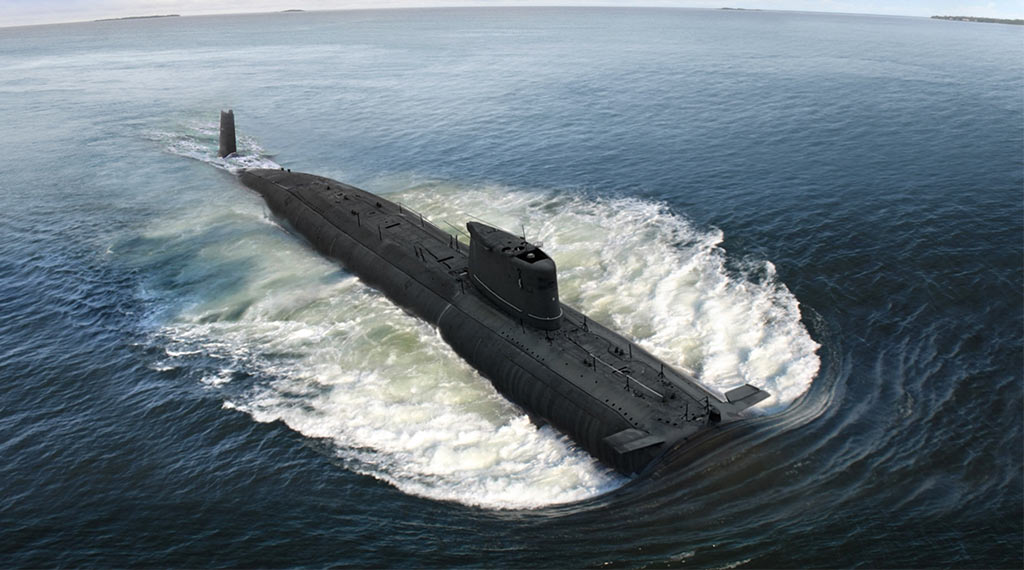
At the beginning of the year, Israel announced its plan to purchase three Dakar-class diesel-electric submarines for $3.4 billion dollars. Israeli media also reported that the cost of these submarines spiked in price during the negotiation process, likely due to the platform’s increased size and advanced capabilities. Rumors have circulated that the newly purchased submarines are equipped with a vertical launch system (VLS). When this type of system is installed on nuclear-powered attack submarines, a more significant variation of weapons can be deployed. According to Naval News, “If correct, the Israeli submarine is only the second modern AIP (air-independent propulsion) equipped submarine in the world designed with this capability.”
Along with an advanced VLS system, this new class of submarines may be capable of launching nuclear weapons. However, these boats are mainly constructed more localized patrols, as these submarines aren’t nuclear powered. The Dolphins are significantly smaller than their counterparts in Russia and the U.S., plus its non-nuclear engines, while advanced, still limit the amount of time they can be underway safely.
Enter the Dolphin-class
While the Dakar-class submarines will no doubt advance Israel’s Naval and deterrence capabilities, its first Dolphin-class boats imported from Germany in the late 90s should not be underestimated – as they took Israel’s nuclear deterrent and most likely placed it underwater.
The Jewish state understood by the end of the 20th century, following the Yom Kippur War and Persian Gulf War, that without a robust nuclear triad of air, sea, and land-based nuclear weapons it would not survive. Israel’s first Dolphin-class submarines provided the most significant deterrence in the volatile region in the 90s. The boat’s second-strike capability, or its ability to counter an attack on the Israeli home front by launching cruise missiles at longer ranges, in theory, deters Israel’s hostile neighbors from attacking.
Israel’s first Dolphin-class submarines, Dolphin, Tekuma and Leviathan, entered service between 1999 and 2000. The boats are 187 feet long and are nearly 500 tons heavier in submerged displacement. Each submarine is equipped with six standard 533-millimeter torpedo tubes and four 650-millimeter torpedo tubes. Although the tubes’ exact makeup remains top secret, it has been suggested that its potential Triton fiber-optic guided-weapon system could allow the platforms to attack in a range greater than nine miles.
- Has Russia Finally Sold its Su-35s to Iran? - December 2, 2025
- Iran’s Growing Missile Arsenal Is a Challenge for Israel - November 18, 2025
- IAI Is Hoping to Secure a Contract for the “Golden Dome” - November 3, 2025
